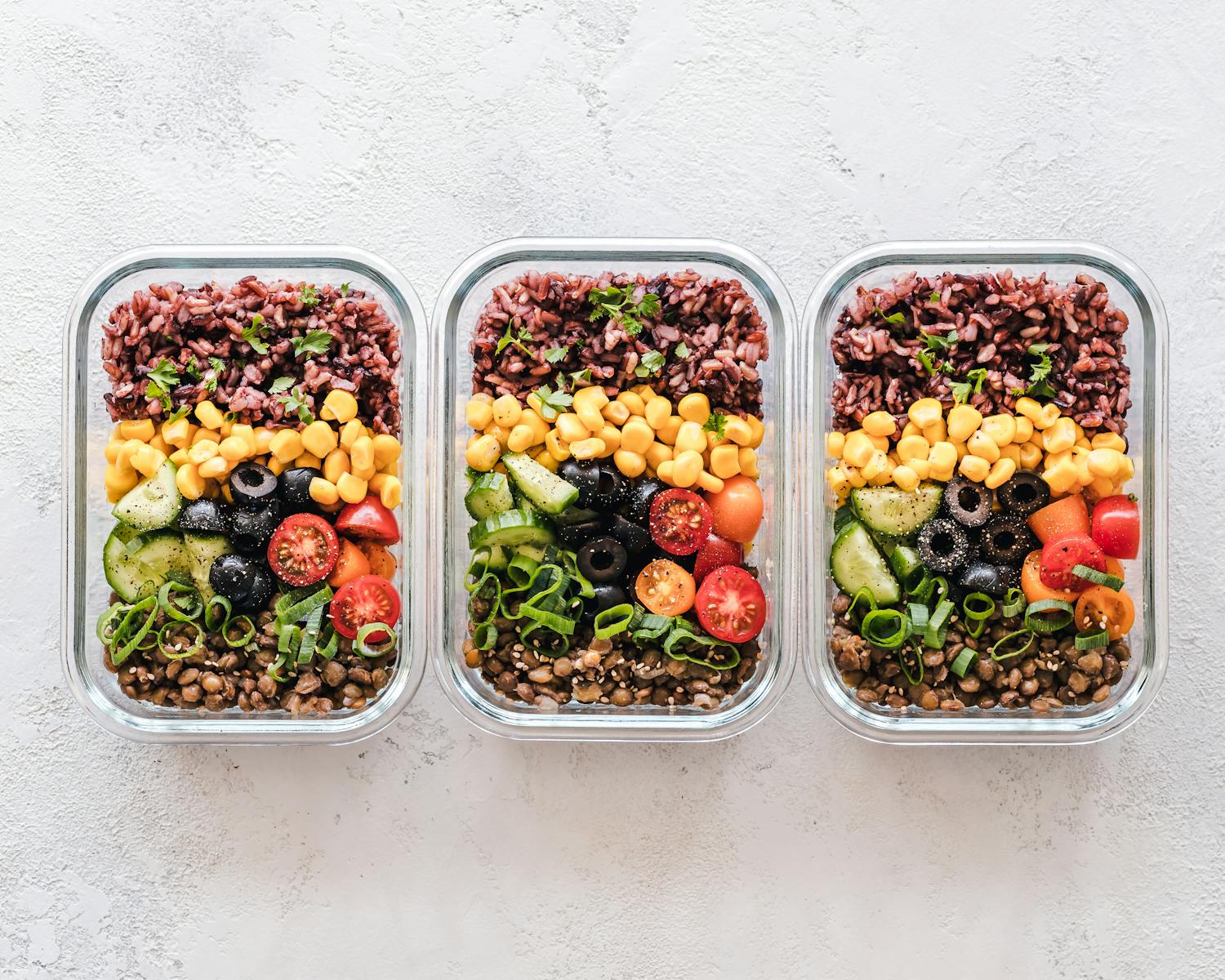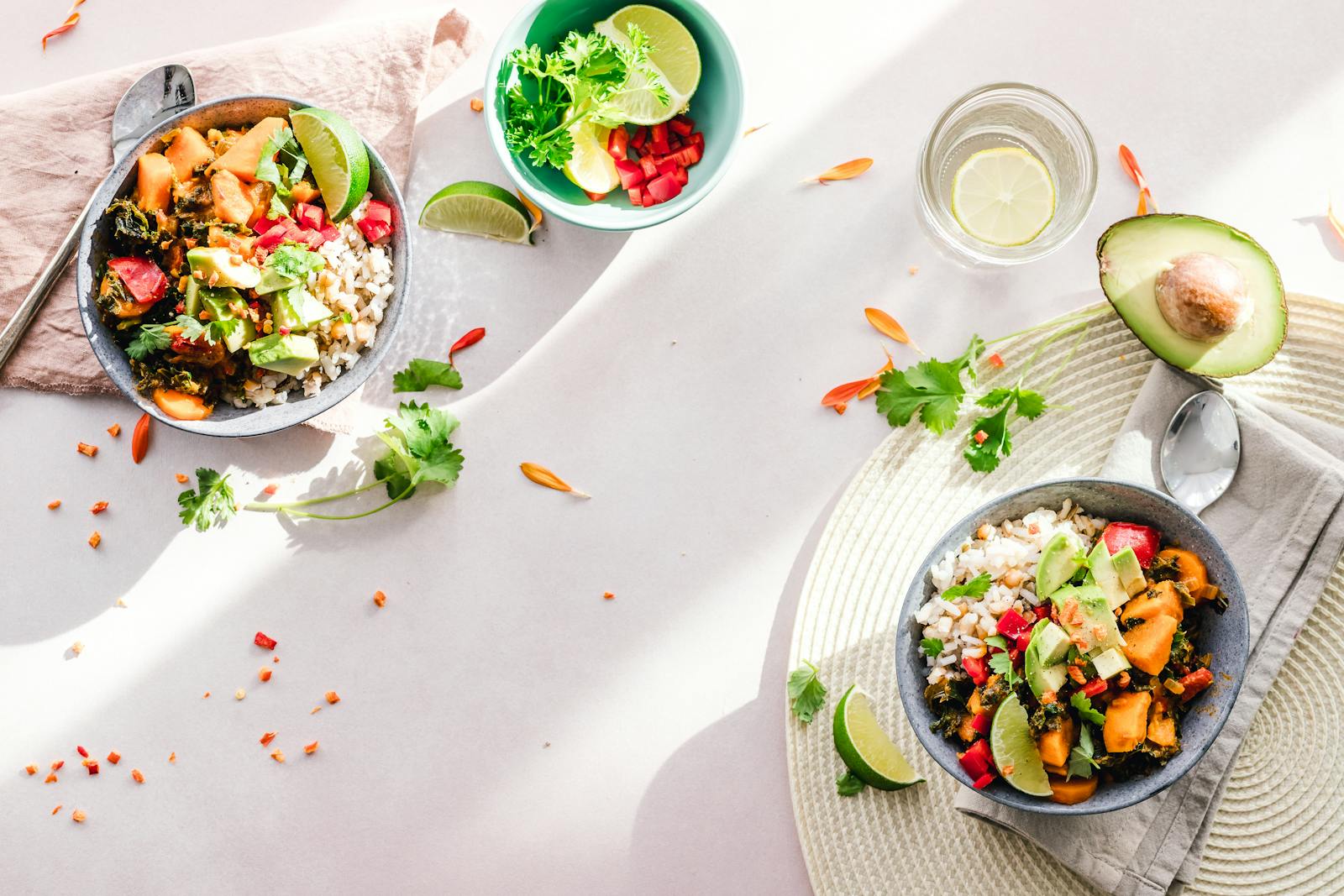Eating a balanced diet is more than just a nutrition mantra; it’s a lifelong commitment to supporting your body and mind. With modern living throwing tempting processed foods and fast-paced routines in our way, many people struggle to achieve true balance on their plates. However, making conscious choices about what you eat will positively transform your energy, overall health, and even your mood. Let’s dive into what a truly balanced diet looks like, why it matters, and how you can adapt these simple yet powerful habits to fit your lifestyle.
Why Does Eating a Balanced Diet Matter?
A balanced diet isn’t about restrictive eating or saying goodbye to your favorite foods. It’s about nourishing your body with the full spectrum of nutrients it needs to function at its best. From supporting your immune system to boosting brain power and keeping your heart healthy, the benefits are profound. Consistently making healthy choices will help manage your weight, reduce your risk of chronic conditions like heart disease and diabetes, enhance your body’s ability to fight infections, and even improve your mental clarity.
Understanding the Building Blocks of a Balanced Diet
The Eatwell Guide: Your Blueprint
In the UK, the Eatwell Guide is a practical approach to eating well every day. It identifies five major food groups and encourages an optimal proportion from each group to deliver a diverse range of nutrients:
- Fruit and Vegetables
These should make up just over a third of everything you eat. Aim for at least five portions daily. Besides being brimming with essential vitamins, minerals, and fiber, they help reduce your risk of heart disease, stroke, and some cancers. Fresh, frozen, canned, dried, or juiced all count, but watch portion sizes for juices and smoothies due to their sugar content. Simple swaps like adding spinach to your omelette or snacking on an apple between meals make achieving your 5-a-day easy. - Starchy Foods
Starchy foods like potatoes, bread, rice, and pasta should form just over another third of your diet. Favor wholegrain or higher fiber versions such as wholemeal bread and brown rice. These deliver energy, B vitamins, and fiber, helping digestion and keeping you fuller for longer. Don’t shy away from potatoes, but try to keep the skins on for an extra dose of fiber and nutrients. - Protein: Beans, Pulses, Fish, Eggs, Meat, and Sources
Protein is the body’s main building block, aiding muscle growth and tissue repair. Diversify your sources:
- Beans, peas, and lentils are naturally low in fat and high in fiber.
- Fish and Eggs provide crucial nutrients, with oily fish (mackerel, salmon, sardines) rich in omega-3 fatty acids. Try for at least two portions of fish a week, including one oily type.
- Meat and poultry are great protein sources, but lean cuts and skinless options are best. Reduce intake of red and processed meats, which, in excess, have been linked to health problems.
- Dairy and Dairy Alternatives
Calcium, protein, and an array of essential vitamins are found in milk, cheese, and yogurt. Choose lower fat and lower sugar options whenever possible. If you opt for plant-based alternatives, ensure they’re unsweetened and fortified with calcium. - Oils and Spreads
A small but vital component, healthy fats help absorb certain vitamins and protect cell health. Choose unsaturated oils like olive, rapeseed, or sunflower, and use them sparingly. Avoid trans and too much saturated fat, as they can raise cholesterol levels and increase the risk of heart disease.
Portion Control: Quality and Quantity Matter
Even with the right foods, eating portions that are too large can tip the balance and lead to weight gain. Being mindful of serving sizes and using smaller plates can help. The Eatwell Guide’s visuals are especially useful when building your meals, ensuring that you’re including all major food groups in the right amounts.
A Handy Portion Guide
- Fruit and vegetables:
- 80g fresh, frozen, or canned
- 30g dried fruit
- 150ml fruit juice or smoothie (limit to one portion per day)
- Starchy carbohydrates:
- About 1/3 of your meal
- Protein foods:
- Palm-sized portion for meats or equivalent for other sources
- Dairy or alternatives:
- Glass of milk, small yogurt, or matchbox-sized cheese
Reducing Salt, Sugar, and Saturated Fat
While all foods can fit in a healthy diet, minimizing certain nutrients is key to long-term health.
- Salt: Adults should aim for less than 6g per day. Excess salt puts you at risk of high blood pressure and cardiovascular diseases. Check food labels and limit processed items like ready meals, cured meats, and snack foods.
- Sugar: High intake of added sugars contributes to obesity, type 2 diabetes, and tooth decay. Opt for unsweetened choices, cook at home more often, and for sweet cravings, reach for fruit or nuts.
- Saturated Fat: Found in butter, fatty meats, cheese, and pastries, this type of fat should be eaten in modest quantities. Replace with unsaturated fats such as those found in avocados, nuts, and oily fish.
The Importance of Staying Hydrated
Water is often the unsung hero of wellness. Aim for six to eight glasses daily (roughly 1.5–2 liters), with more if you’re active or the weather is hot. Water, low-fat milk, and sugar-free drinks are the best options. Limit sugary drinks and juices to special occasions.
Making Balanced Eating Practical
Small Steps, Big Results
- Plan meals ahead to avoid grabbing processed foods on the go.
- Cook more at home using fresh ingredients. This gives you full control over salt, sugar, and fat content.
- Smart snacking involves preparing options like carrot sticks, unsalted nuts, or yoghurt.
- Use herbs and spices for flavor instead of salt.
- Listen to your body: Eat when you’re hungry and stop when satisfied, not stuffed.
Addressing Special Diets
Children, pregnant women, the elderly, and those with medical conditions may need tailored advice, but the broad guidelines still apply: variety, balance, and moderation.
Common Myths About Balanced Diets
- Myth: Carbs are bad.
Fact: Starchy carbs are vital for energy; the problem is overly processed, sugary snacks, not whole grains. - Myth: Fat should be avoided.
Fact: The body needs healthy fats for hormones and vitamin absorption. The type and amount make the difference. - Myth: You have to avoid all sweets.
Fact: Treats can fit into a healthy pattern occasionally. Just be mindful of portion and frequency.
Frequently Asked Questions
What if I’m vegetarian or vegan?
With thoughtful planning, plant-based diets can meet all nutritional needs. Prioritize beans, lentils, nuts, seeds, and fortified foods.
How can I make vegetables more appealing?
Try roasting with a sprinkle of herbs, adding to curries, or mixing into smoothies. Variety and experimentation are key.
Is it expensive to eat healthy?
Not necessarily. Seasonal produce, frozen vegetables, pulses, and bulk grains are budget-friendly options.
How do I handle eating out or social events?
Look for grilled or baked options, ask for dressings on the side, and load up your plate with vegetables.
Eating a balanced diet isn’t about perfection. It’s about striving for better choices most of the time and forgiving yourself when life gets in the way. Remember, every positive change counts, and over time these small shifts add up to big improvements in how you feel, move, and live.
So, start today—add an extra serving of vegetables to your dinner, swap out white bread for wholegrain, or opt for water over a sugary drink. Your body and wellbeing will thank you.




